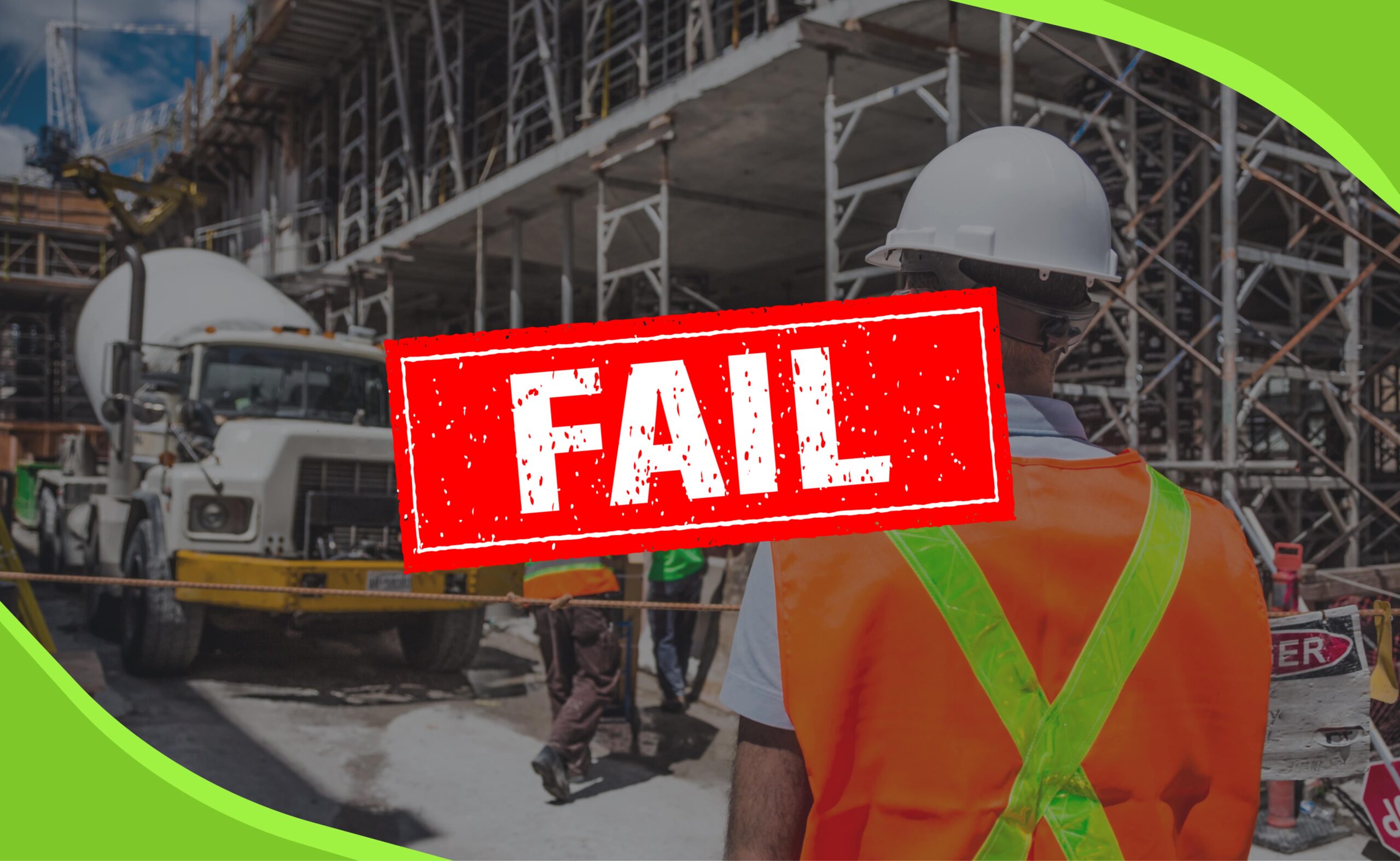
If you’re a construction company owner, you know it can be tough to stay afloat in a competitive market. The industry constantly evolves, and new technologies make it easier for other companies to compete. In this article, we’ll explore ten common reasons why construction businesses fail. Hopefully, by reading this article, you’ll be able to identify any areas you need to address if you want to survive in the construction industry.
What are the three factors that may influence the construction industry?
Various aspects may influence the construction industry, such as economic conditions, inflation rates, and interest rates. However, one of the most important factors is the population’s needs. The construction industry must always be prepared to meet the needs of its customers.
Nowadays, many construction businesses use digital technology to improve efficiency and speed up project completion times. By using digital tools and software, companies can save money on costs related to labor (such as overtime), materials (by ordering in bulk), and communication (through online collaboration). In addition, this technology allows for real-time monitoring of projects throughout their life cycle – from design through implementation and maintenance.
So what does this mean for business owners in the construction industry? They must stay up-to-date with current trends and technologies to remain competitive.
What is a weakness of the construction industry?
A few key weaknesses of the construction industry can negatively affect businesses in this field. These include:
- Lack of skilled workers. The construction industry faces a major skills shortage, causing problems for small and large businesses. There aren’t enough qualified builders available to meet the demand, so prices will have to go up to attract talent.
- High-risk profiles. Many building projects involve high levels of risk – from potential damage caused by weather conditions to financial instability caused by volatile economic conditions. This makes it difficult for businesses to budget for risks associated with their construction projects and leaves them vulnerable if something goes wrong.
- Inability to scale up quickly due to bureaucracy and red tape. Building projects often require many approvals from different government agencies before getting started, which can take months or even years. This limits companies’ ability to build new facilities or expand their existing operations.
Why is the construction industry high-risk?
The construction industry is high-risk because many factors can go wrong during a building project. Anything can happen, from faulty materials to human error, and lead to costly delays or even complete disaster.
To minimize the risk factor, businesses in the construction sector should take several steps before starting any project. They should identify their needs (from labor to equipment) and ensure they have enough resources to meet those demands. They also must ensure that their contractors are qualified and insured for the task at hand and have proper safety protocols for on-site employees. Finally, they should monitor the progress of each phase of the project closely so that any issues can be quickly addressed.
Ten primary reasons why construction companies fail
There are many reasons why do most construction companies fail, but the ten listed below are commonly cited.
1. Lack of execution: Poorly planned and executed projects can lead to cost overruns, delays, and, more importantly – customer dissatisfaction.
2. Inexperienced team members: A poorly managed or inexperienced team can hamper progress and cause disputes with co-workers, leading to decreased productivity.
3. Financial instability: When a construction company faces financial difficulties, it may be challenging to cope with unexpected expenses or make critical investments in research & development or marketing initiatives that would improve business efficiency.
4. Misuse of subcontractors: If one contractor abuses their subcontractors (by charging them high fees or forcing them to work long hours without proper pay), this can lead to widespread chaos and stress throughout the construction process.
5. Lack of accountability/lack of leadership: This goes hand in hand with a failure to manage cash flow. If nobody is accountable for what’s happening on-site, disaster may soon follow.
6. Unfair competition from other contractors: As construction becomes more competitive, unethical business people will do whatever it takes (including underhanded tactics) to win contracts over their competitors.
7. Dysfunctional teams: Teams that are not working well together often cause major problems during construction projects. Communication breakdowns lead to missed deadlines, costly repairs, and wasted resources.
8. Inability to adhere to safety guidelines: Safety is critical when it comes from on-site employees and equipment used during construction activities. When these rules are not followed, serious accidents can cause extensive damage or loss of life.
9. Lack of quality control. Construction companies often need the proper quality assurance procedures, which leads to faulty and dangerous construction materials and equipment.
10. Incompetent management. Bad management skills can result in miscommunication within the team, employee stress levels, and poor decision-making when choosing contractors or subcontractors.
What percentage of construction companies fail?
According to the Construction Management Association of America, about 30% of construction companies will go out of business within five years. This is largely due to various factors, including economic downturns, unstable political climates, and rising labor costs. However, there are several things that companies can do to minimize their chances of a construction fail.
One important element is having a well-developed plan for each phase of the construction process. Companies that follow a standardized protocol from start to finish tend to succeed where others fail. Additionally, ensuring that all personnel are fully trained and up-to-date on current industry standards helps avoid costly mistakes down the line.
Another key factor is effective communication between all levels of management and employees. A unified team ensures smooth operations throughout the project timeline, leading to fewer problems and less disruption during peak times or emergencies. Finally, always keep an eye on financial trends so you can make adjustments as needed to save money on your investment.


